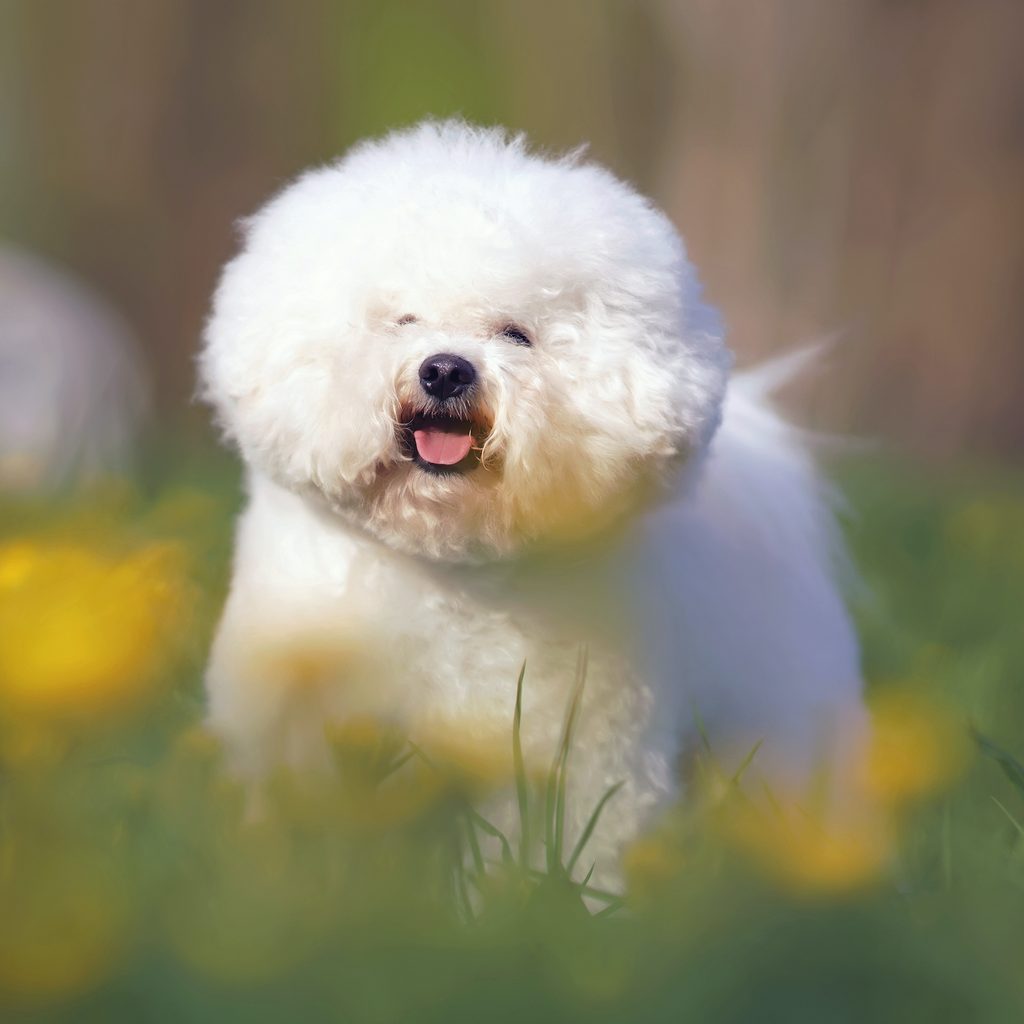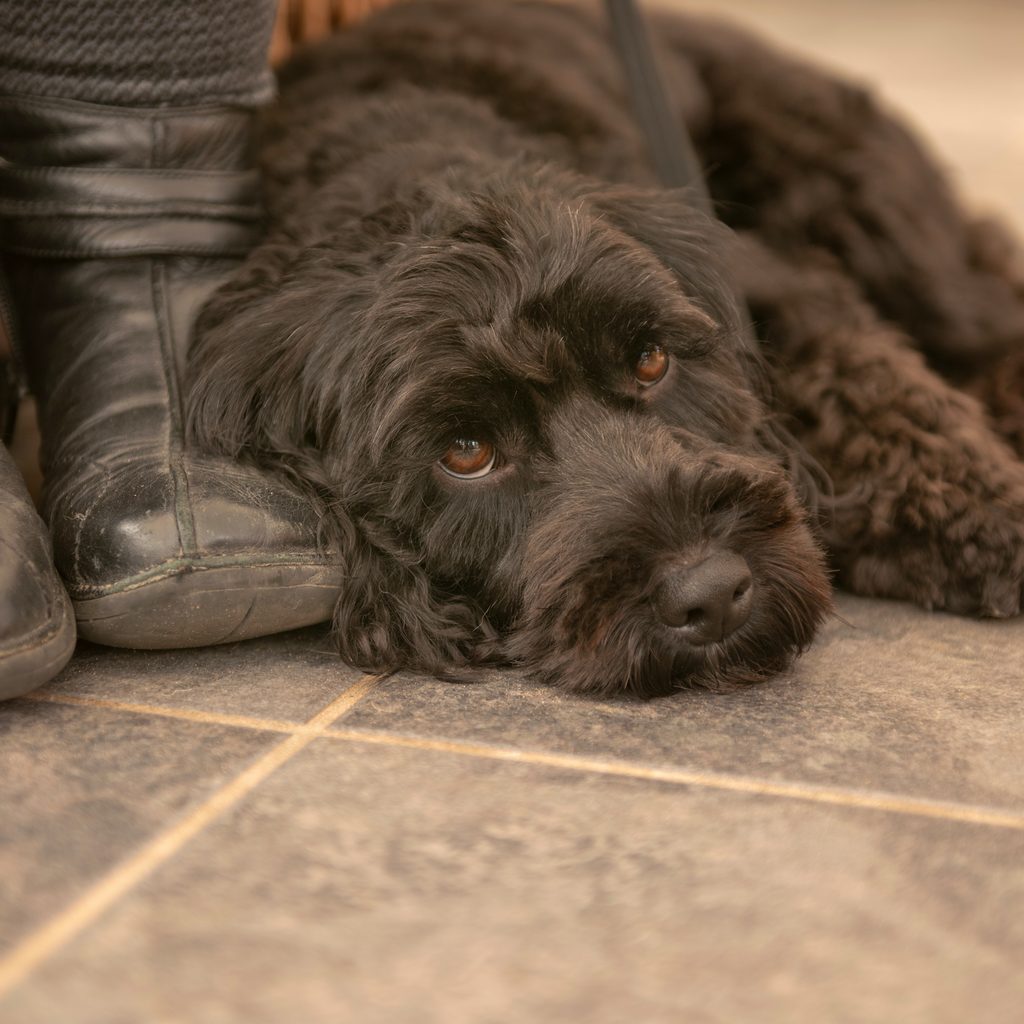For those who are prone to the sniffles when exposed to animal dander, pet parenthood may seem off the table. Luckily, though, there are many dog breeds that shed lightly or not at all — which means a big relief for your allergies. But how do you know which dogs are allergy-friendly?
Hypoallergenic dogs have become quite the topic of conversation in recent years, especially as these breeds have grown in popularity. In this article, we’ll debunk the myths about hypoallergenic dogs, from their breeds and personalities to shedding habits and more. Ready to consider a new — sneeze-free — family member? Read on, pet parents! There’s a lot to learn.

What is the best hypoallergenic dog?
This question has no single answer since the “best” dog breed is different for every home. Hypoallergenic or not, each breed has its own characteristics to consider: activity levels, grooming needs, health concerns, independence, and more. What kind of personality will fit best in your home?
It’s important to talk with everyone in your family about what you can promise a new furry roommate, too. How often will you go on walks? Where will they potty? If you’re someone who doesn’t mind a Velcro pet who’s always by your side, you may want to consider a “lap dog” breed. If you’re looking for a running buddy, consider a more active breed.
Is any dog 100% hypoallergenic?
Even if you find a dog who has non-shedding hair instead of fur, or even a hairless breed, they are not 100% hypoallergenic. In fact, notes the American Kennel Club, a perfectly hypoallergenic dog does not exist. Many allergy-friendly breeds won’t shed, but the allergen that humans react to (Can f 1) is still found in their saliva and dander (dead skin flakes).
Thankfully, regular cleaning (especially vacuuming) and the presence of an air filter in the home may help decrease allergy symptoms even further. A 2012 study found that homes with hardwood floors contained less of the Can f 1 allergen than those with carpets and rugs. As it turns out, your environment may play just as much of a role in allergic reactions as your allergen itself.
A lot of pet parents opt to begin allergy shots or try a new medication to help cope with symptoms, too. It’s a small price to pay for the unconditional love of a pet. It’s all about what works best for you and your home.

What are the most affectionate hypoallergenic dogs?
As many low and non-shedding breeds as there are, some are certainly more affectionate than others. Luckily, many pups who were bred to be lap dogs also happen to have hair instead of fur — which means fewer sniffles for you! Here are some of those breeds.
Bichon Frise
This sweet companion breed is known for its friendly family tendencies, but did you know they’re allergy-friendly too? Bichon Frises require significant grooming, especially since they’re a double-coated breed. Their soft undercoat and curly topcoat help give them that cute “powder puff” look, but oh boy does it need regular care. Hills Pet recommends frequent brushing, trimming, and bathing for Bichon Frises, though each pup will adapt to their own specific schedule.
Schnauzer (giant, standard, or miniature)
These mustachioed dogs are both friendly and protective, which can make them the perfect candidate for many households. Even better? You can pick your favorite size! Giant, standard, and miniature Schnauzers all have low-shedding, wiry coats which require a medium level of grooming, according to the American Kennel Club. These dogs can be adventurous, too, so you may bathe them more frequently than you groom them.
Bolognese
Nope, we’re not talking about food — there’s a dog breed that goes by this name, too! The Bolognese is a playful, loyal little dog that was bred for companionship. Their long, silky coat does not shed, says the American Kennel Club, nor does this breed drool excessively, making them excellent dogs for those with allergies.
These active, adaptable dogs require a medium grooming commitment, which can be taken care of at home or at your favorite grooming shop. Other needs, like nail trimming and tooth brushing, are just as important, too — so don’t forget!
Doodles and poos
Mixed breeds have skyrocketed in popularity in recent years, and there are certainly reasons why. Many Poodle mixes — whose breed names often end in “-doodle” or “-poo,” are low- or no-shedding. These include:
- Labradoodle
- Cockapoo
- Cavapoo
- Poochon
- Maltipoo
- And more
These breeds’ personalities and needs vary based on their specific mix, though Poodles tend to be playful, protective, active, and in need of a good amount of mental stimulation, according to the American Kennel Club. Combine these tendencies with another sweet breed like the Maltese and cocker spaniel, and you have one great companion dog.
Did any of these breeds stand out to you? There are many choices when it comes to hypoallergenic dogs — from giant Schnauzers to pocket-sized Bichon Frises — so don’t be afraid to take your time making a decision. Remember, you’ll need to commit to a regular grooming schedule for any low-shedding breed, so don’t forget to research groomers before bringing four more paws into your family!



